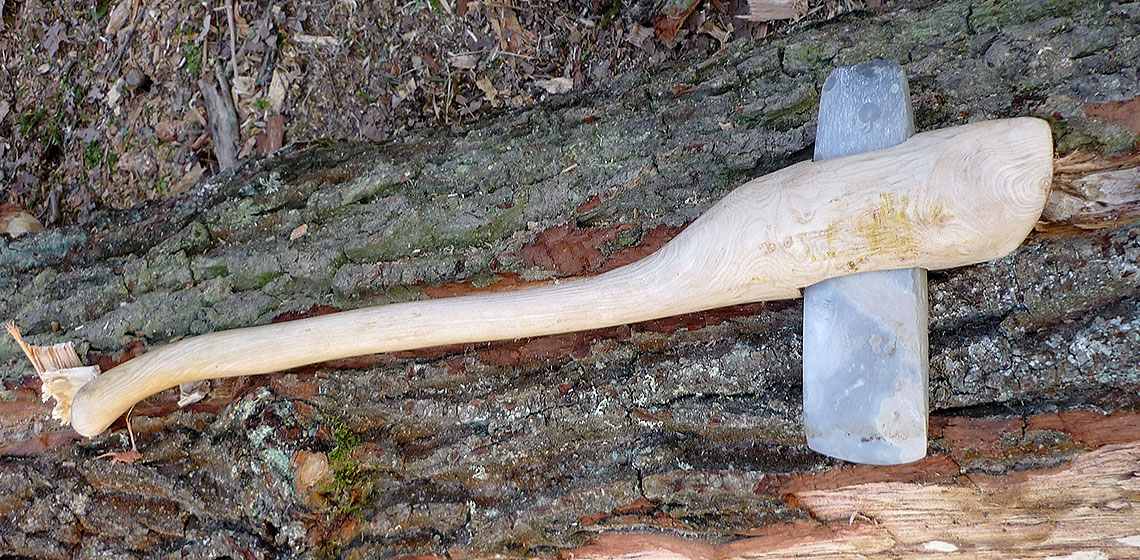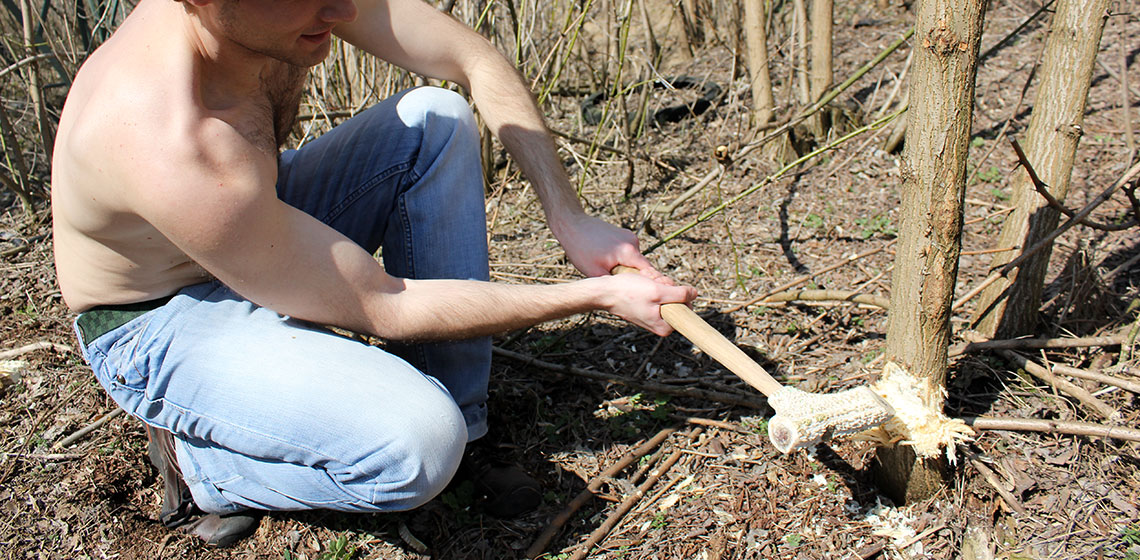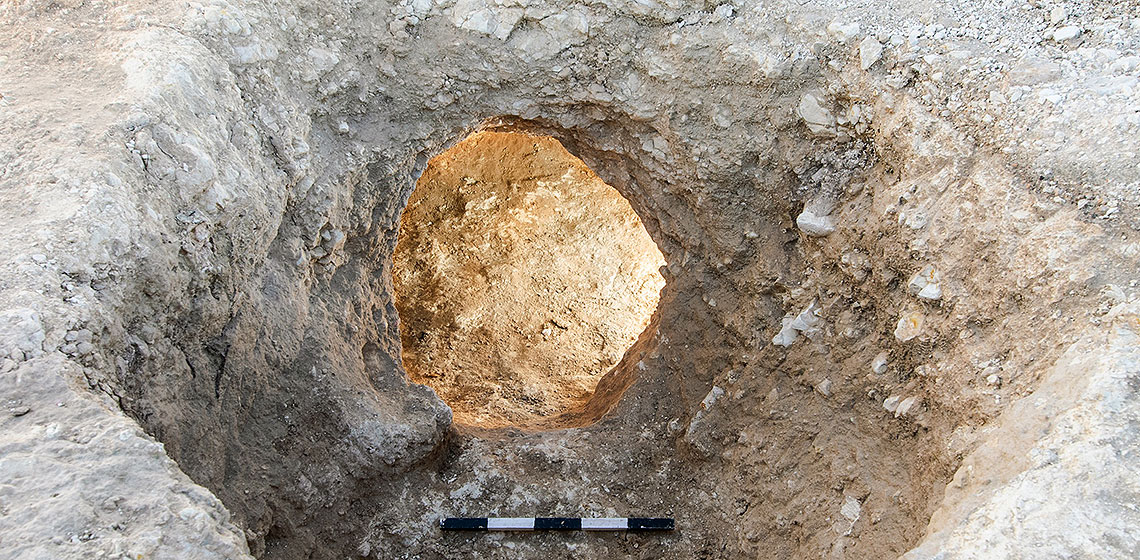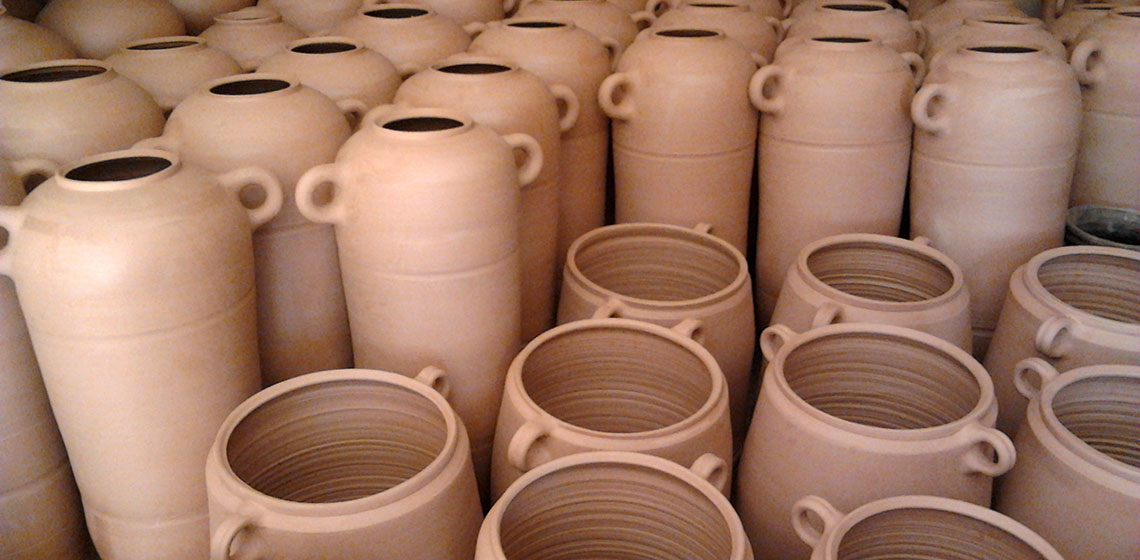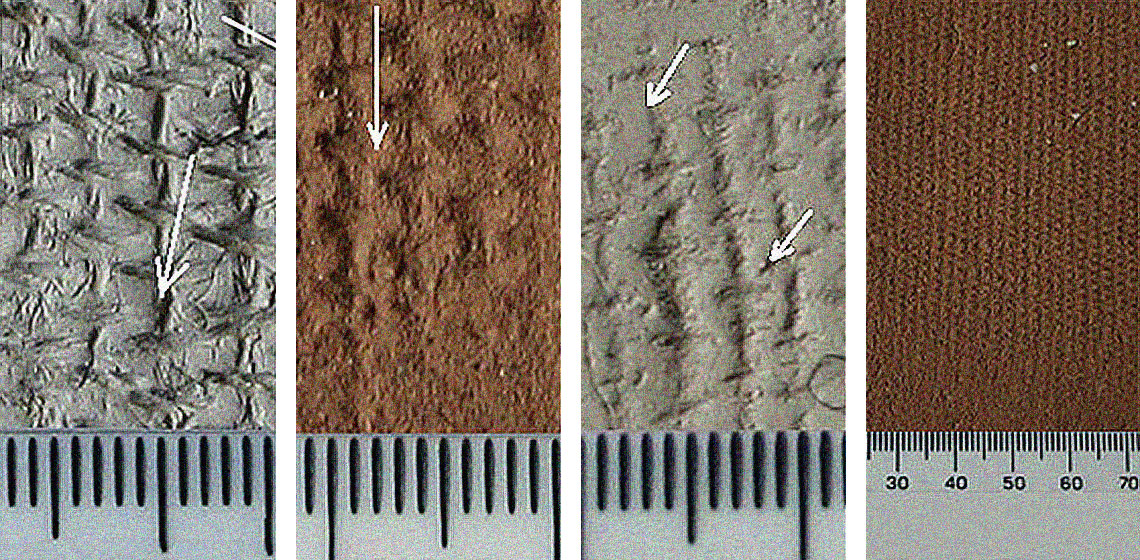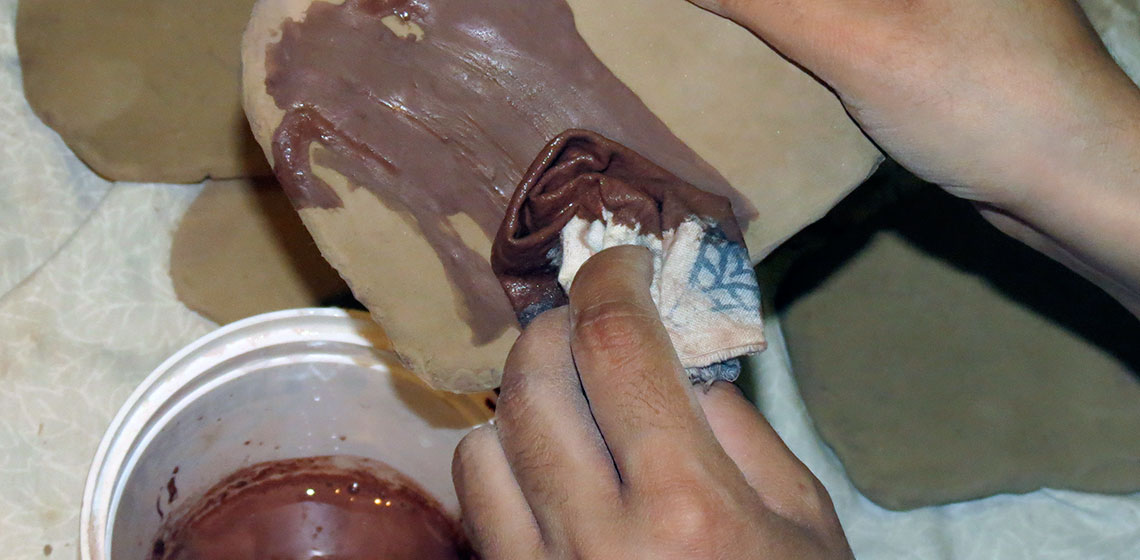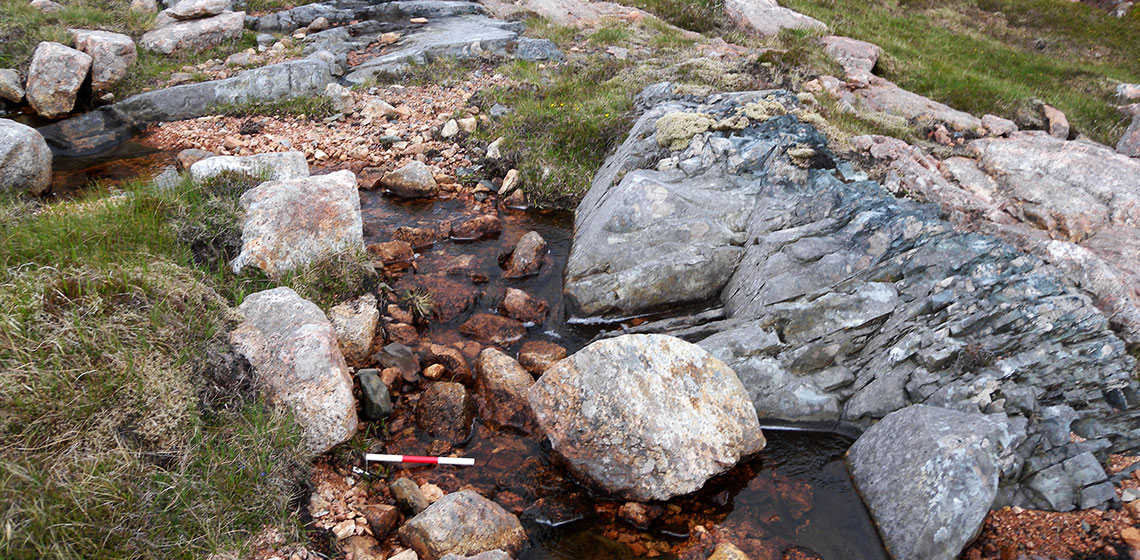Field Trials in Neolithic Woodworking – (Re)Learning to Use Early Neolithic Stone Adzes
OpenArch Dialogue with Skills Issue
***Excavations of several Early Neolithic wells with excellent preservation of the wooden lining in the past years have made clear that Stone Age woodworking already attained a very high level of perfection. This poses the question how it was possible to execute this type of work with the means available at that time...
***Excavations of several Early Neolithic wells with excellent preservation of the wooden lining in the past years have made clear that Stone Age woodworking already attained a very high level of perfection. This poses the question how it was possible to execute this type of work with the means available at that time...
